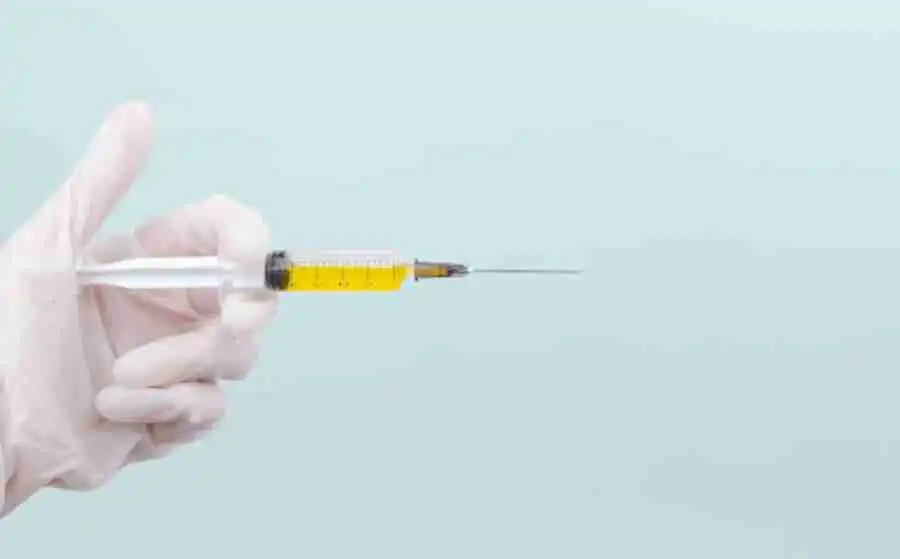What Is Plastic Injection Molding – A Complete Guide
Have you ever wondered where mineral water companies get their 3D-printed bottles? Alternatively, how do biscuit companies acquire packaging for their products? If not, then don’t worry. This article gives a comprehensive review of a process that has revolutionised the plastic industry. This technical process is known as Plastic Injection Molding.
Related Posts
Table of Contents
What is Plastic Injection Molding?
In the manufacturing industry, plastic injection molding is a standard and frequently used process for producing plastic parts. A wide range of goods is made using this injection molding technology. The purpose, intricacy, and size of these items can all differ.
This injection molding manufacturing process uses a raw plastic material, molds, plastic injection mold, and other equipment. These are essential for plastic injection molding manufacturing. The plastic raw material is first melted within the injection molding machine. After that, the molten plastic is injected into the mold. The plastic cools and hardens inside the mold, forming the completed object.
A wide range of applications needs thin-walled plastic components. As a result, thin-walled plastic parts are the most common component used in injection molding. These are used in a wide range of applications, the most common of which are plastic housings. This plastic housing is essentially a thin-walled shell with several bosses and ribs on the inside.
Plastic housings may be found in various household appliances, power tools, consumer electronics, and even car dashboards. Apart from that, they’re also used in open containers like buckets. Injection molding is also used to produce everyday items like little plastic toys and toothbrushes. Medical goods such as syringes and valves are also made using injection molding.
Furthermore, injection molding requires an investment of both time and money. Thus, it is necessary to get it done by trusted companies. So, it would be best if you always look for the best plastic injection molding companies to get your work done.
Injection Molding Process Cycle
The injection molding method has a short cycle time. This usually takes anything from 2 seconds to 2 minutes. There are four steps to this injection molding procedure. These are –
Clamping
It is vital to ensure that the mold’s two sides are securely closed within the clamping unit even before introducing raw material into the mold. Half of the injection mold is attached to the injection molding machine during this process, while the other half is free to slide.
The mold halves are clamped together by hydraulically driven clamping mechanisms that provide reasonable force. When the molten material is poured into the mold, it will be firmly closed.
Moreover, the time necessary to shut and clamp the mold must be established based on the machine. In this case, larger machines may take more time. The dry cycle time of the injection molding machine can also be used to estimate this time.
Injection
Pallets are the primary source of raw plastic for this step. After that, the material is pumped into an injection molding machine. Using the injection equipment, this is pushed towards the mold. The material then melts if pressure and heat are applied.
When the plastic melts, it is injected into the mold right away. At this point, high pressure is used to keep the material in the mold and pack it tightly. The amount of material put into the mold is referred to as a shot.
However, calculating the injection time is exceedingly challenging. This is due to the intricate and fluctuating flow of molten plastic into the mold. They do, however, use shot volume, injection power, and injection pressure to calculate injection time.
Cooling
As soon as the molten plastic makes contact with the interior of the mold surface, it begins to cool. As it cools, it takes on the right shape and solidifies. There is a chance that it might shrink when it cools.
However, extra material is added throughout the packing process to reduce the excessive shrinkage. After the required cooling period elapses, the mold is opened. Furthermore, the cooling time is determined using the product’s maximum wall thickness and the material’s thermodynamic properties.
Ejection
When the requisite cooling period has passed, the cooled object must be ejected from the mold using an ejection mechanism. The ejection system is in the back part of the mold. A device is employed to push the item out of the mold when it is opened.
Moreover, a force is exerted to dislodge the component from the mold. Because the element shrinks as it cools, it gets attached to the mold. To help in the ejection of the cooled section, they spray a mold release chemical. Before the material is injected into the mold, it is poured into the mold’s surfaces.
Using the dry cycle time, it is possible to determine the time necessary to eject and open the mold. The dry cycle time varies for each machine, as does the time it takes for the object to fall out of the mold. The mold is clamped shut and ready for the next injection shot after removing the final thing from the machine.
Wrapping Up
Even after the injection molding cycle is completed, further work, such as post-processing, is necessary. This is often required for all parts. The material hardens and gets linked to the component as it cools. However, any excess material or flash that has accumulated on the element must be removed. Thus, in short, some post-processing work also remains after molding.
